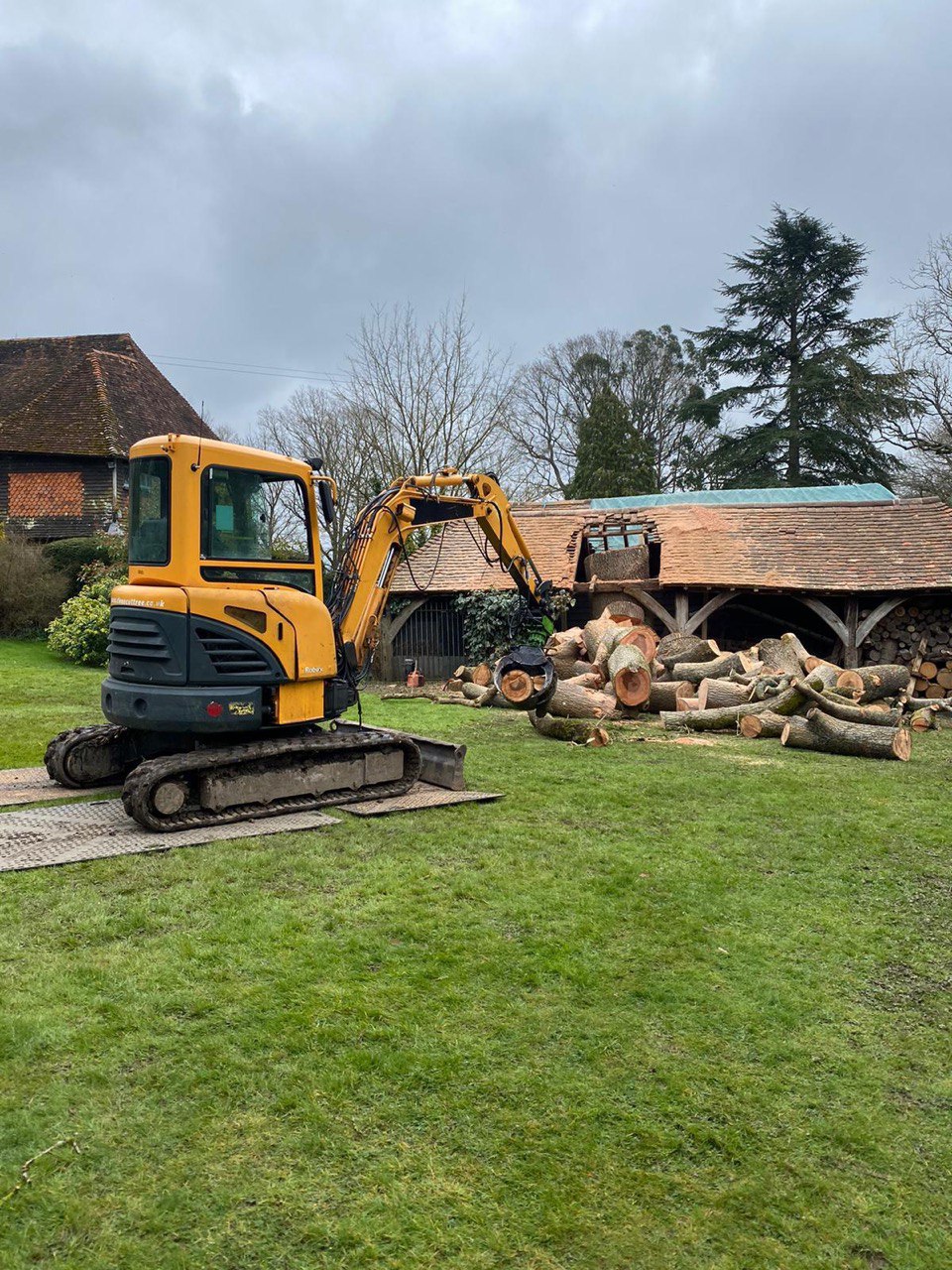
Introduction: Stump grinding effectively and efficiently removes tree stumps from your property, restoring its aesthetics and usability. However, before you schedule a stump grinding service, it’s crucial to understand that the process may be subject to local regulations and permit requirements. In this blog post, we’ll explore the importance of adhering to local regulations and obtaining the necessary permits for stump grinding.
Why Do Local Regulations and Permits Matter?
Local regulations and permits are in place to ensure that various activities, including tree stump removal, are conducted safely and responsibly. These regulations help protect the environment, prevent potential hazards, and maintain the community’s overall well-being. Failing to comply with these regulations can lead to legal consequences, fines, or delays in your stump grinding project.
Common Regulations and Permit Requirements:
The specific regulations and permit requirements for stump grinding vary widely depending on your location and local ordinances. Here are some common factors to consider:
- Tree Preservation Ordinances:
Some areas have strict tree preservation ordinances that protect certain tree species or require permits to remove trees, including stumps. Ensure you are aware of any tree preservation rules in your locality.
- Environmental Impact:
If your property is near wetlands, water bodies, or protected habitats, you may need special permits to ensure that stump grinding does not harm the environment.
- Noise Regulations:
Stump grinding can be noisy. Check if there are noise ordinances in place that restrict the hours or days when you can conduct stump grinding operations.
- Right-of-Way Permits:
If the stump is near a public right-of-way, like a sidewalk or road, you may need a permit to ensure public safety during removal.
- Utility Locations:
Before stump grinding, contacting local utility companies to mark any underground utilities is essential. This helps prevent accidents and service disruptions.
- Land Use Regulations:
In some cases, your property’s zoning or land use regulations may impact stump removal. Be sure to consult with local authorities or planning departments.
The Permit Application Process:
To navigate the permitting process for stump grinding, follow these steps:
- Research Local Regulations:
Start by researching local regulations and ordinances regarding tree removal and stump grinding. You can typically find this information on your city or county’s official website or by contacting the local government.
- Determine Permit Requirements:
Identify which permits or permissions you need based on your specific circumstances and location.
- Submit an Application:
Complete and submit the necessary permit application forms. Be sure to provide accurate and detailed information about your stump grinding project.
- Pay Fees:
There may be associated fees with permit applications. Be prepared to cover these costs.
- Wait for Approval:
The approval process may take some time, so plan your stump grinding project accordingly.
- Comply with Conditions:
If your permit is approved, comply with any conditions or requirements specified in the permit.
Conclusion: Stump grinding can greatly enhance the appearance and functionality of your property, but it’s essential to follow local regulations and obtain the required permits. By doing so, you avoid potential legal issues and contribute to the responsible and safe removal of tree stumps in your community.
Call us on: 01892 352898
Click here to find out more about T Wells Tree Surgeons
Click here to complete our contact form and see how we can help with your tree’s needs.